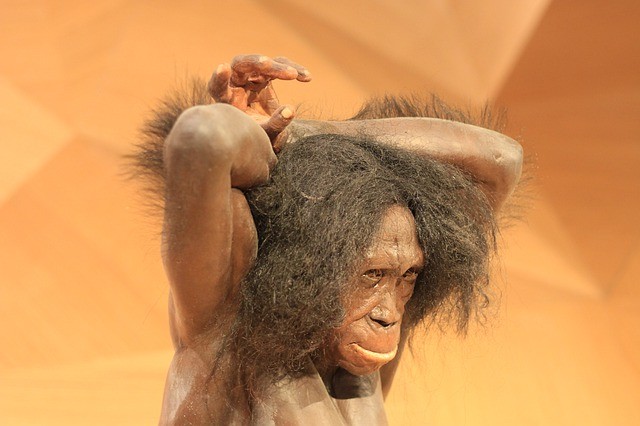A recent study showed that most human and Neanderthal hybridization occurred in the "Near East" region between North Africa and Iraq roughly 50,000 years ago in the " Near East " region.
Experts arrived at their conclusion after examining the facial features of the ancient skulls of 83 contemporary humans, 233 prehistoric Homo sapiens, and 13 Neanderthals.
The goal was to look for evidence of Neanderthal interbreeding-related influences on human face structure.
According to a recent study published in Science, interspecies mating is actively selected against among African baboons, suggesting that this was also the case for early hominins.
Neanderthal Interbreeding With Humans Took Place in Iraq, North Africa
The genome of modern humans contains traces of Neandertal DNA, according to research.
According to exploratory research that examined the facial features of prehistoric skulls, the Near East, which includes North Africa and Iraq, is where most of this interbreeding occurred.
Steven Churchill, co-author of the study and a professor of evolutionary anthropology at Duke University, said in a Daily Mail report that Neanderthals had big faces.
However, Churchill underscored that size by itself does not prove a genetic connection between a human population and a population of Neanderthals.
Researchers identified the Near East as the location where the majority of interbreeding took place since certain ancient skulls did display such indications of Neanderthal impact on human face morphology.
According to researchers, this genetic material was shared between 50,000 and 40,000 years ago, when modern people from the Paleolithic epoch coexisted with Neanderthals in the same areas and at the same time.

The discovered remains with pollen around it may suggest that Neanderthals bury their dead with compassion by adding symbols like flowers.
ALSO READ: 1.5-Million-Year-Old Hominin Fossil May Show How the Oldest Human Species Lived, Evolved
Early modern humans and Neanderthals interbred, leading to changes in face development and morphology that can represent genetic composition alterations.
Scientists compared measurements derived from comparable face structural elements to determine if interbreeding was present in the ancient skulls they examined.
To ensure that any revealing traits could be unmistakably attributed to interbreeding during the Paleolithic era, additional causes that may have contributed to alterations were also considered.
Because Neanderthals lived in what is now Europe, it is strange that current Asian groups appear to contain more Neanderthal DNA than present European ones.
This had led some researchers to hypothesize that Neanderthals interbred with modern humans when they left Africa but before they moved to Asia.
About Baboon Breeding
Discover Magazine wrote that the researchers used yellow and anubis baboons in the Amboseli region of Kenya to explore interspecies breeding among other monkeys.
There, they examined genetic data from the progeny of intermixing together with over 50 years' worth of field observations on the demographics and dynamics of these communities.
The results of their genetic study seemed to support the reverse of what the field observations revealed, which showed that the offspring of this mating are no less suitable for survival.
It demonstrated that interbreeding between humans and other hominins was chosen against in a manner akin to the notion about selection against breeding.
In the end, these discoveries may aid in the study of human variety and history. However, the researchers assert that further study is needed to clarify the intricacies of the selection against hominin hybridization, particularly its method and mechanisms.
RELATED ARTICLE: Social Conventions in Baboons Naturally Emerge Like in Humans, Study Shows
Check out more news and information on Archaeology in Science Times.














